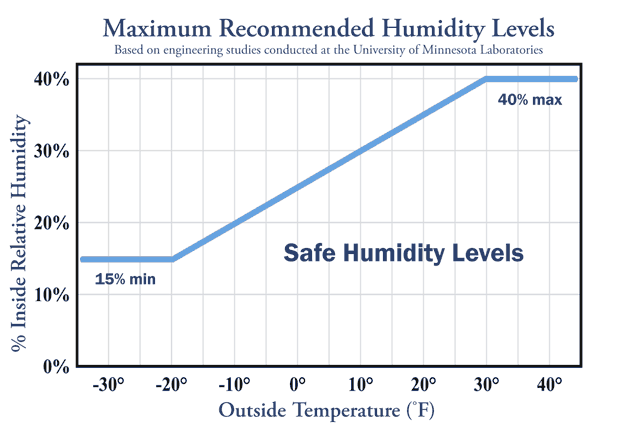
|





|
In addition to having double or triple insulated glass, along with other performance options such as Thermal low-E, E+, tinting, or argon gas, a Thermal Barrier window offers another important benefit. The window frame and sash frames are insulated against heat and cold conduction. This is done by separating the outside metal parts from the inside with polyurethane, greatly reducing the amount of heat or cold transferred through the frames. This is known as a thermal break or thermal barrier.

Thermal Barrier windows are manufactured from close-tolerance aluminum extrusions. They have lower air leakage and much better resistance to heat transfer than single-paned windows. Thermal Barrier aluminum window performance is equal to or better than wood or vinyl windows.
Thermal Barrier aluminum windows are tested to strict industry specifications. Air leakage with a 25 MPH wind blowing outside cannot exceed 0.375 cubic feet per minute (CFM) for every foot of weatherstripped window perimeter. Our Series 700 Double Hung allows only 0.15 CFM air infiltration. Old windows often have rates of 1.5 or more, 10 times the air leakage of our Thermal Barrier aluminum windows!
There is no such thing as a condensation-proof window. Even walls will "sweat" when humidity is too high. Windows do not cause condensation; they simply prevent moisture from escaping and provide a surface that allows condensation to be readily seen. If inside glass and frame surfaces on a Thermal Barrier window show excessive moisture, you can be sure that moisture is also present in your walls and ceiling. (Click here for much more information on the causes of condensation and ways to eliminate it).
The maximum recommended interior relative humidity ranges from 15% at -20F to a maximum of 40% at +30F (see the chart below). Many homes have been built "tighter" to conserve energy, trapping indoor humidity. The best way to handle high indoor humidity is to vent it to the outside. Bathrooms, kitchens and laundry areas should be vented with a fan, or by opening windows slightly when the areas are in use. If that does not help, a dehumidifier might be necessary.
